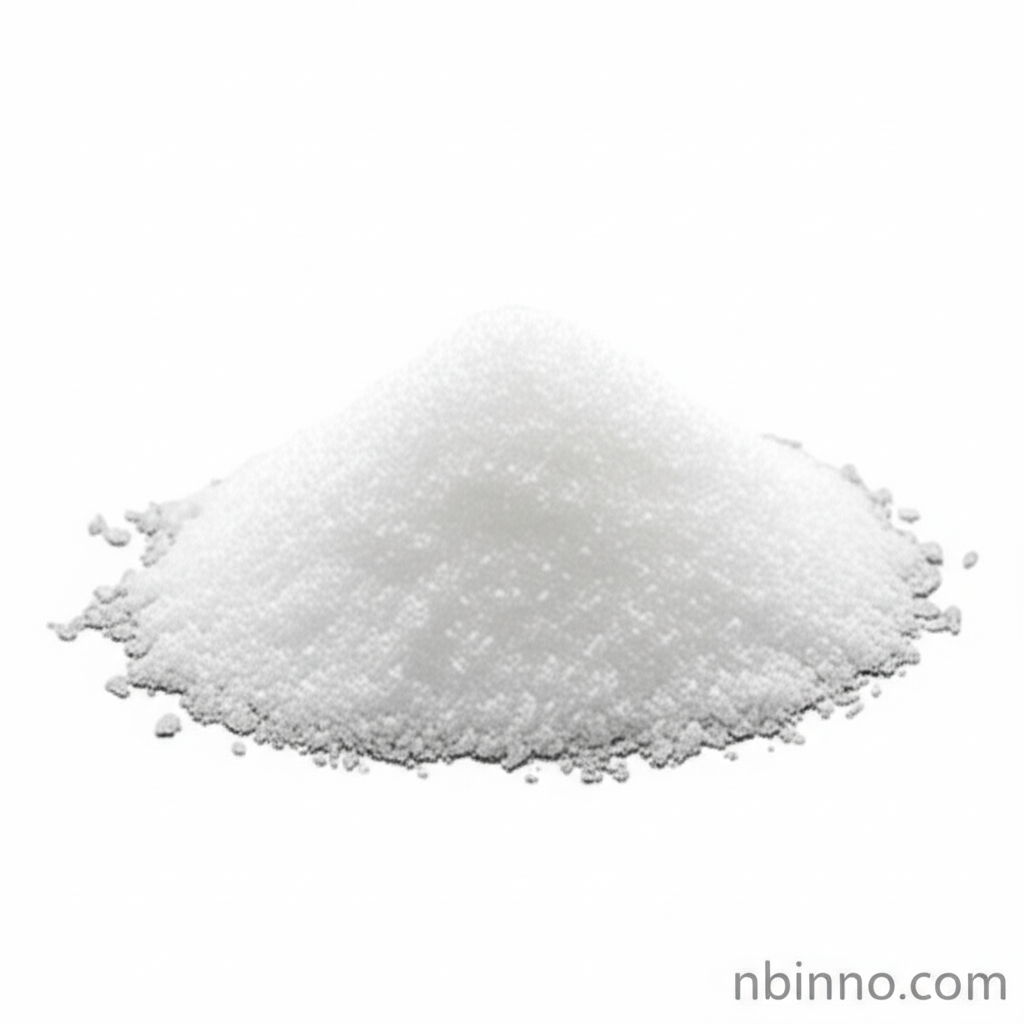4-Pentylbenzeneboronic Acid: A Key Reagent for Organic Synthesis and Material Science Applications
Unlock advanced chemical synthesis with a versatile boronic acid derivative, ideal for complex molecular construction.
Get a Quote & SampleProduct Core Value

4-Pentylbenzeneboronic acid
This essential chemical compound, identified by CAS 121219-12-3, serves as a critical building block in modern organic synthesis. Its unique structure makes it highly effective in metal-catalyzed cross-coupling reactions, a fundamental process for creating carbon-carbon bonds. The presence of the pentyl group enhances its solubility and stability, facilitating its use in a wide array of synthetic pathways.
- Explore the power of aryl coupling reactions with boronic acids, understanding how this compound contributes to complex molecule formation.
- Learn about the Suzuki reaction mechanism and its significance, where 4-pentylbenzeneboronic acid plays a vital role in achieving high yields.
- Discover its application as a key intermediate for liquid crystal development, contributing to advanced display technologies.
- Utilize this versatile reagent in various organic synthesis applications to efficiently construct target molecules.
Advantages Provided by the Product
Enhanced Reactivity
The boronic acid functionality in 4-pentylbenzeneboronic acid ensures robust participation in Suzuki coupling reactions, leading to efficient aryl coupling reactions.
Improved Stability
The pentyl chain contributes to the compound's stability, making it a reliable reagent for various chemical synthesis applications.
Versatile Application
This compound is a cornerstone in building complex organic molecules, bridging the gap between basic building blocks and advanced materials.
Key Applications
Organic Synthesis
As a crucial component in organic synthesis, it enables the creation of intricate molecular structures through established reaction pathways.
Cross-Coupling Reactions
It is widely employed in metal-catalyzed cross-coupling reactions, particularly the Suzuki reaction, to forge new carbon-carbon bonds with precision.
Liquid Crystal Intermediates
The compound finds application as an intermediate in the synthesis of liquid crystals, contributing to the development of modern display technologies.
Material Science
Its utility extends to material science, where it aids in the development of novel materials with tailored properties.
